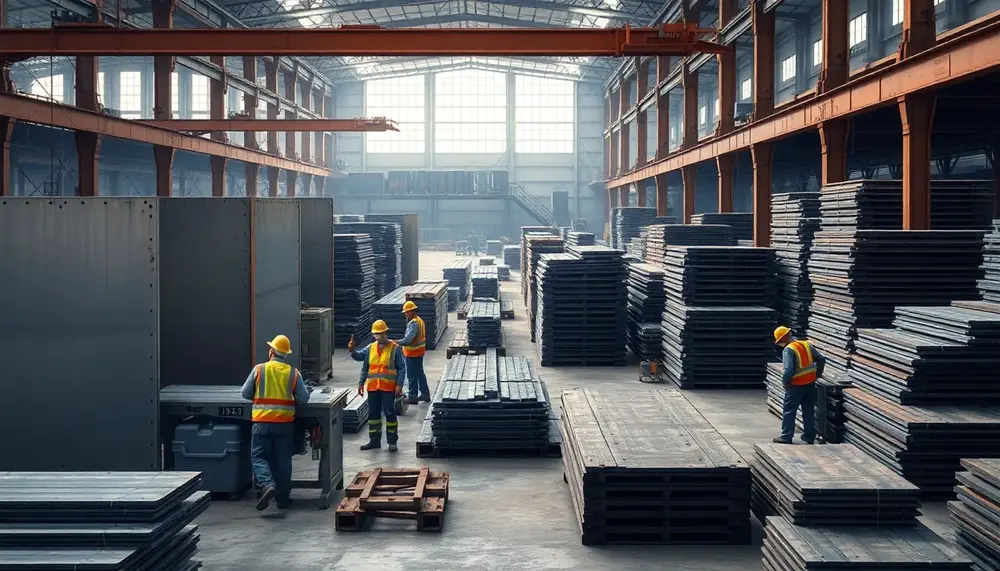Finishing
Finishing
Was ist Finishing im Bereich der Stahlproduktion und des Stahlhandels?
Im Kontext der Stahlproduktion und des Stahlhandels ist Finishing ein zentraler Arbeitsschritt. Hier bedeutet Finishing den letzten Prozess, der auf den Stahl angewendet wird, nachdem er seine endgültige Form im Walzprozess erhalten hat. Dieser Schritt ist entscheidend für das Endprodukt und seine jeweilige Anwendung.
Welche Verfahren werden im Finishing verwendet?
Es gibt verschiedene Arten von Finishing Prozessen in der Stahlindustrie. Dazu gehören das Beschichten des Stahls, um Korrosion zu verhindern, das Polieren, um eine gleichmäßige und glänzende Oberfläche zu erzielen, und das Wärmebehandeln, um die Härte oder Weichheit des Stahls anzupassen. Ein anderes Beispiel ist das Entgraten, hierbei werden scharfe Kanten und Grate entfernt, die während des Walzprozesses entstehen können.
Warum ist Finishing wichtig?
Das Finishing ist ein wichtiges Element jeder Stahlproduktion, da es die endgültigen Eigenschaften des Stahls bestimmt, die für die spezifische Verwendung des Stahles entscheidend sind. Es kann die Stärke, Zähigkeit, Korrosionsbeständigkeit und das Aussehen des Stahls beeinflussen. Daher hat es einen direkten Einfluss auf die Qualität des Endprodukts und die Kundenzufriedenheit.
Zusammenfassung
In der Stahlproduktion und im Stahlhandel ist das Finishing ein Schlüsselelement. Es wird angewendet, um den Stahl zu optimieren und ihm bestimmte Eigenschaften zu verleihen, die für seine endgültige Anwendung erforderlich sind. Es umfasst eine Reihe von Prozessen, von der Wärmebehandlung bis hin zur Endveredelung, die das Aussehen, die Qualität und die Leistung des Stahls direkt beeinflussen.
Blog Posts with the term: Finishing
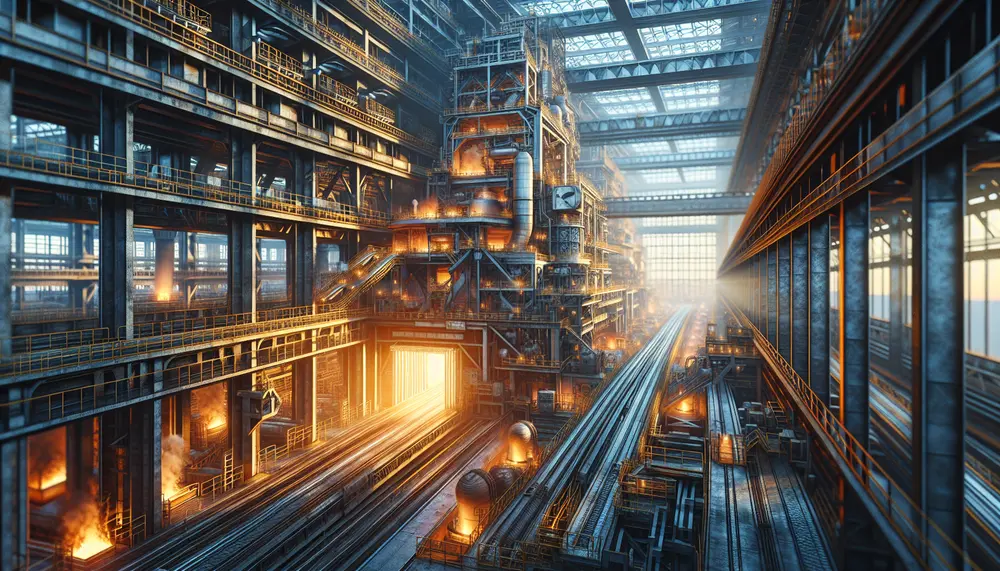
Steel making is a sophisticated process that turns iron ore into steel, involving methods like the Blast Furnace and Electric Arc Furnace to produce various grades of steel. The industry emphasizes sustainability by using additives and recycled materials while ensuring...
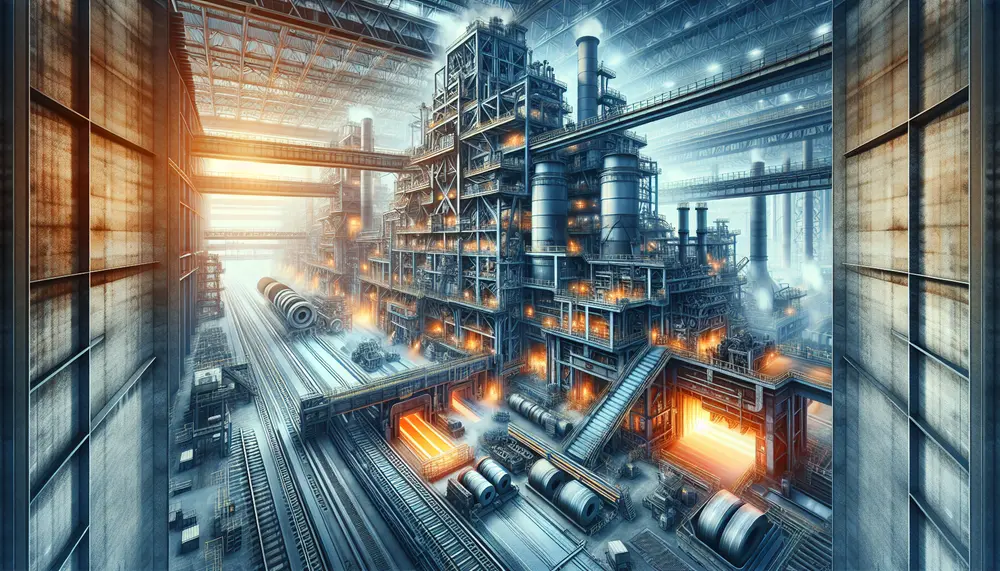
The article provides an overview of the steel making process, detailing how raw materials like iron ore, coke, and limestone are transformed into versatile and durable steel through a complex series of steps depicted in a flow diagram. It discusses...
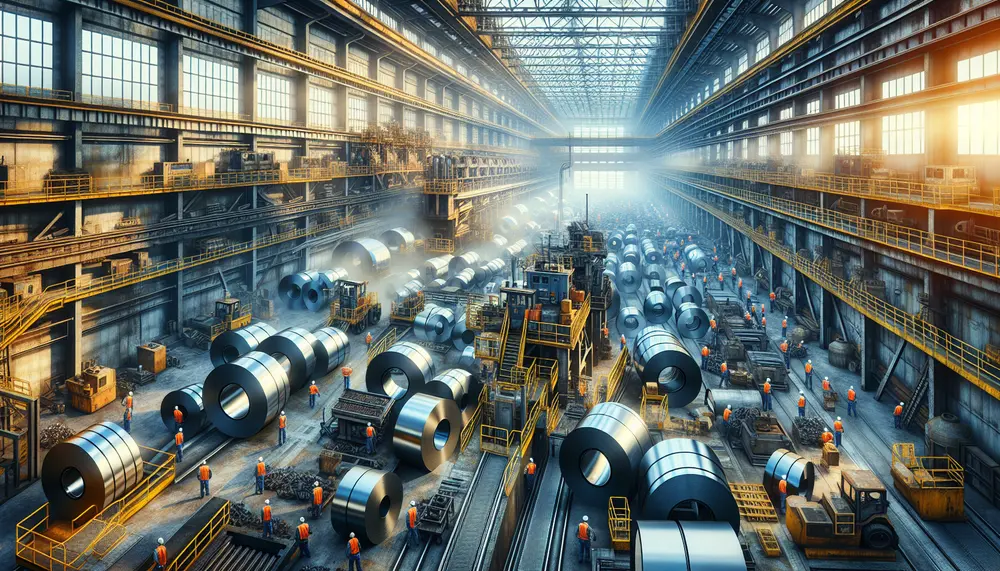
The steel industry is essential but poses significant risks to workers, including physical dangers from heavy machinery and extreme heat, chemical hazards from toxic substances, burn threats due to high temperatures in furnaces, and noise pollution leading to potential hearing...
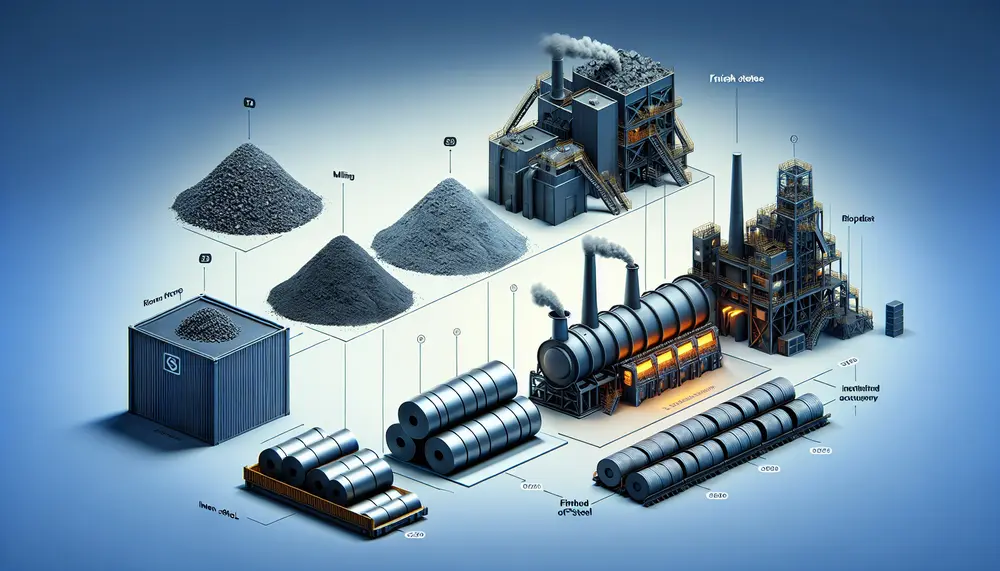
The steelmaking value chain is a complex process that transforms raw materials like iron ore, coking coal, and limestone into high-quality steel through strategic steps involving technological innovation to optimize efficiency and reduce environmental impact. Understanding this value chain helps...
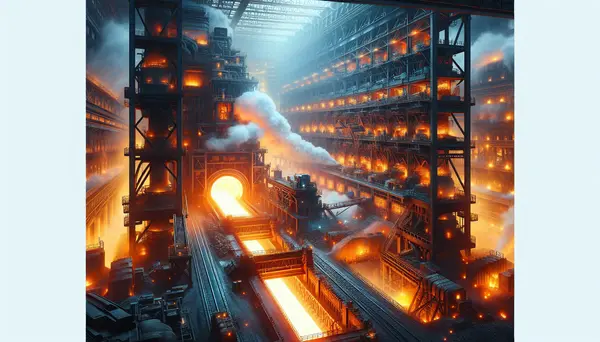
Steel, an alloy primarily composed of iron and carbon, is a crucial material in modern construction and manufacturing due to its strength, flexibility, and durability. The process of making steel involves extracting iron ore, purifying it through beneficiation processes, smelting...
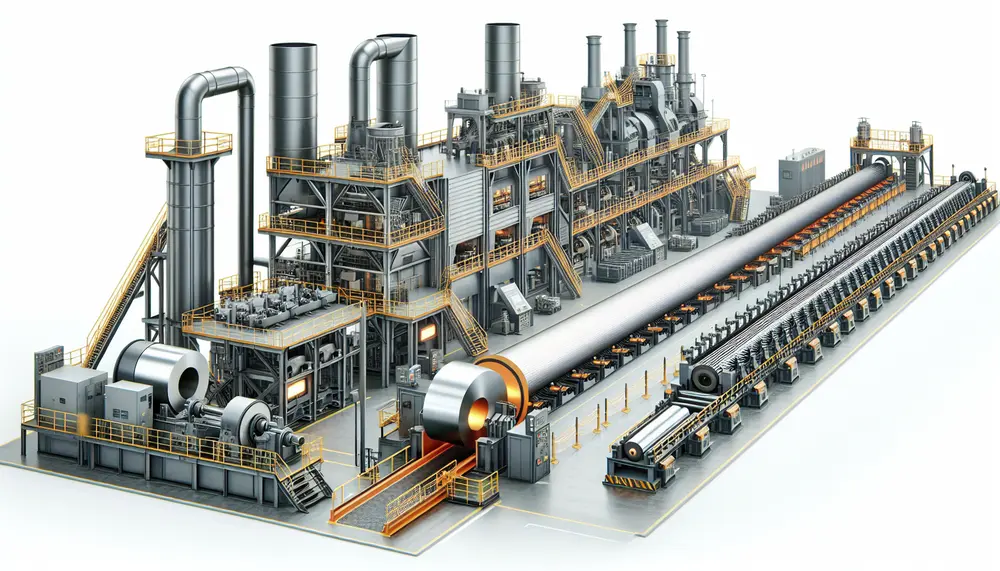
Steel manufacturing is a complex process that transforms iron ore into steel, involving precise heating and mixing to create different grades for various applications. The journey includes primary methods like Basic Oxygen Steelmaking (BOS) and Electric Arc Furnace (EAF), followed...
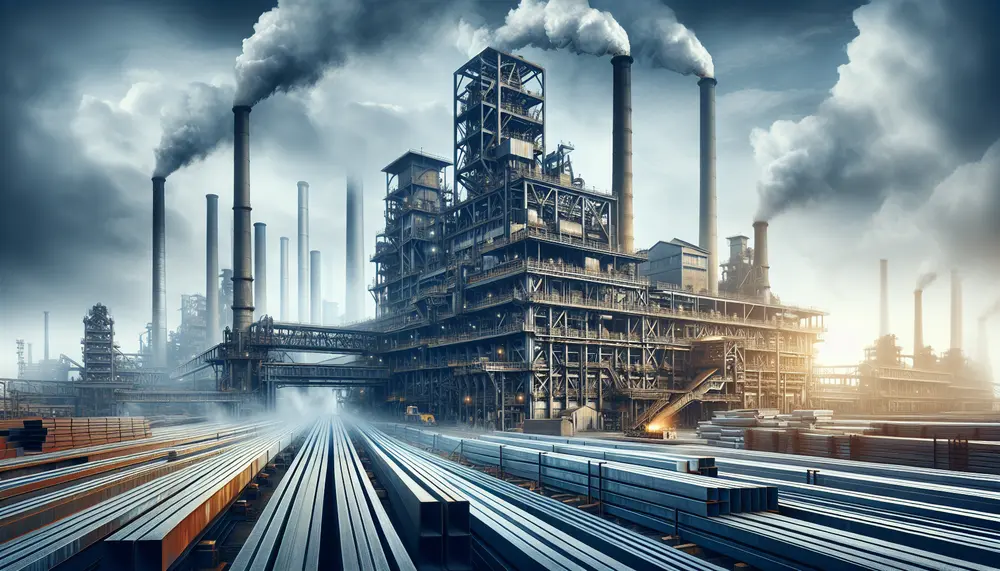
Steel production is a highly energy-intensive process with significant environmental impacts, making the understanding and monitoring of energy consumption at each stage crucial for sustainability. Energy efficiency in steel manufacturing is essential for cost-effectiveness, competitiveness, and reducing carbon emissions, with...
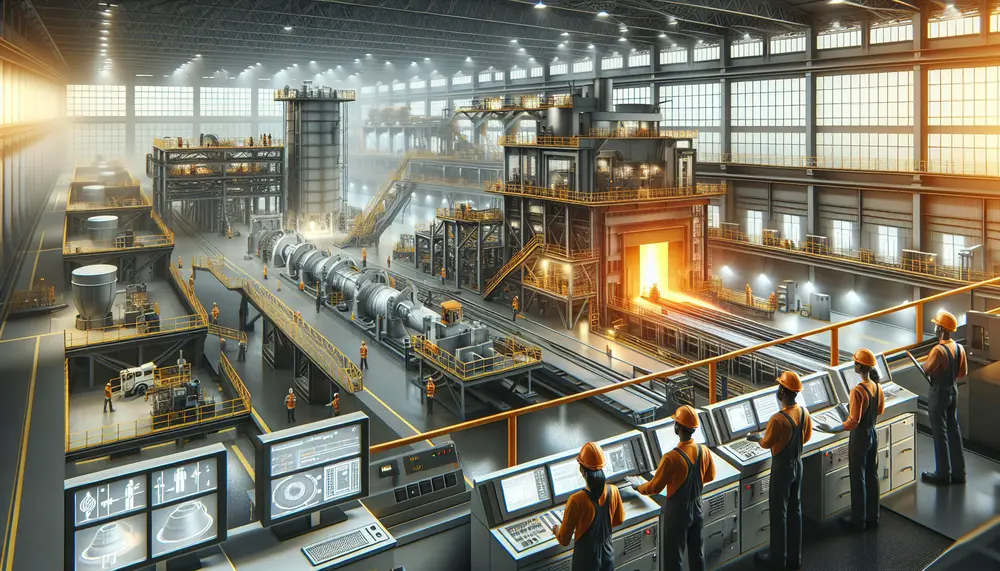
The article explains the importance of understanding a steelmaking flow chart, which outlines each step from raw material preparation to final products, aiding in efficiency and productivity. It details key components like raw materials (iron ore, limestone, coal), primary steps...
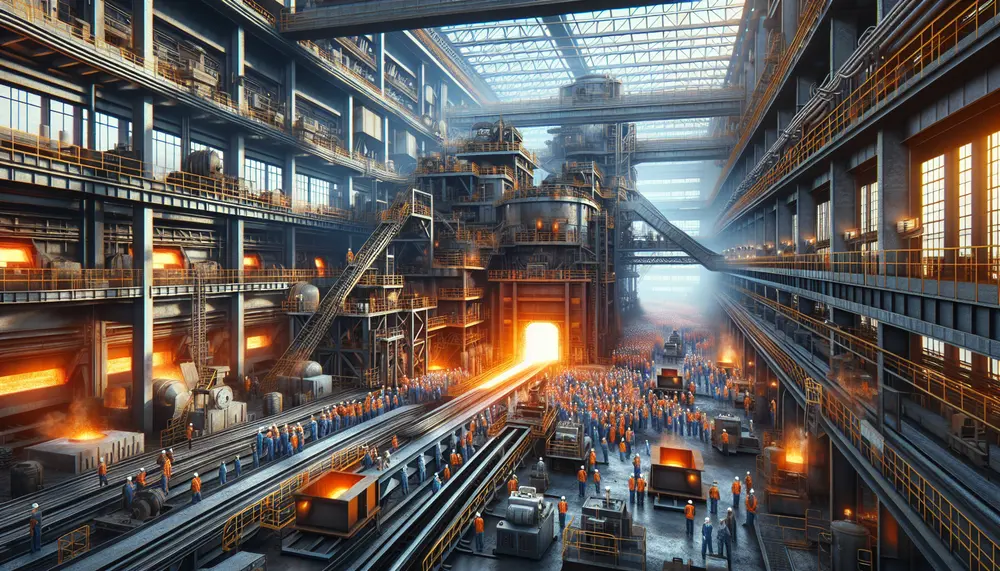
The article provides a detailed overview of the steelmaking process, starting from raw material extraction to final product creation. It emphasizes the importance of understanding each stage and the key materials involved—iron ore, coal, limestone, and scrap metal—to produce high-quality...
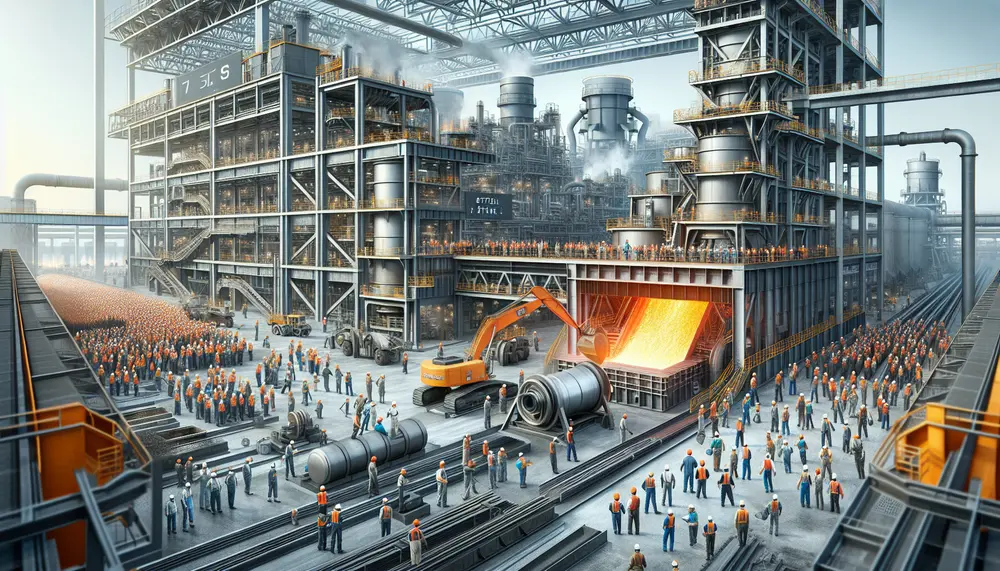
The article explains the steel production process using a detailed steelmaking diagram, which visually breaks down each step from raw material preparation to finishing processes. It covers two main methods of steelmaking—Basic Oxygen Steelmaking (BOS) and Electric Arc Furnace (EAF)—and...
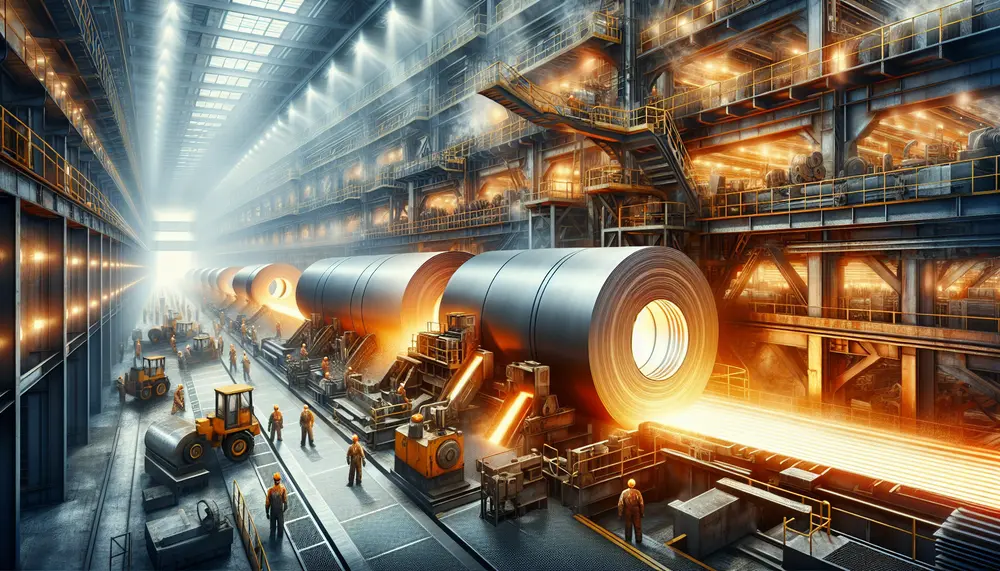
Steelmaking rolling is a crucial process that transforms raw steel into various usable forms by passing it through rollers to reduce thickness, improve uniformity, and achieve specific mechanical properties. The article details the stages of hot and cold rolling, the...
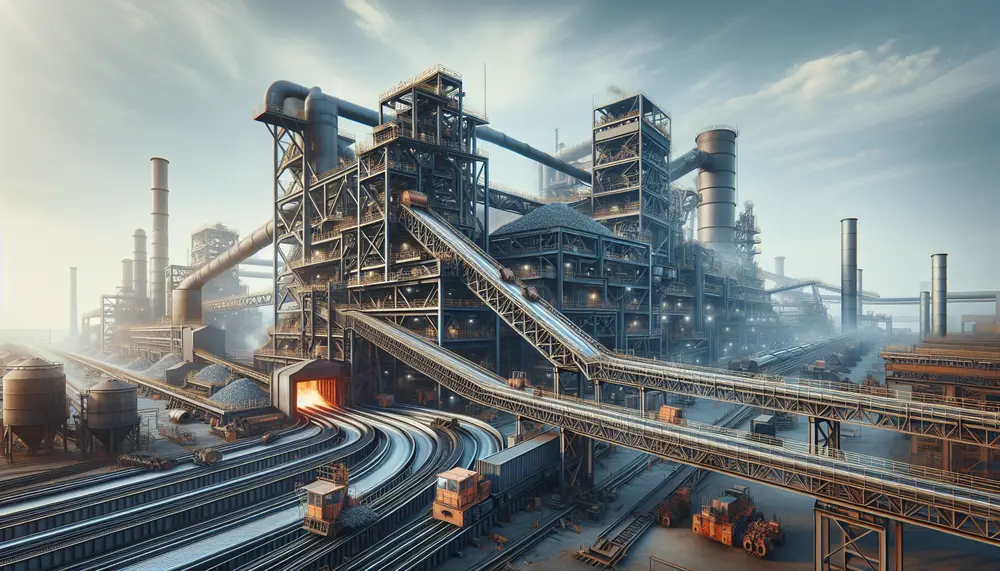
Steel manufacturing from scrap is a sustainable process that reduces environmental impact and conserves resources. It involves collection, separation, melting in an electric arc furnace, refining to remove impurities, adding alloy elements, and casting into new products; recycling steel offers...
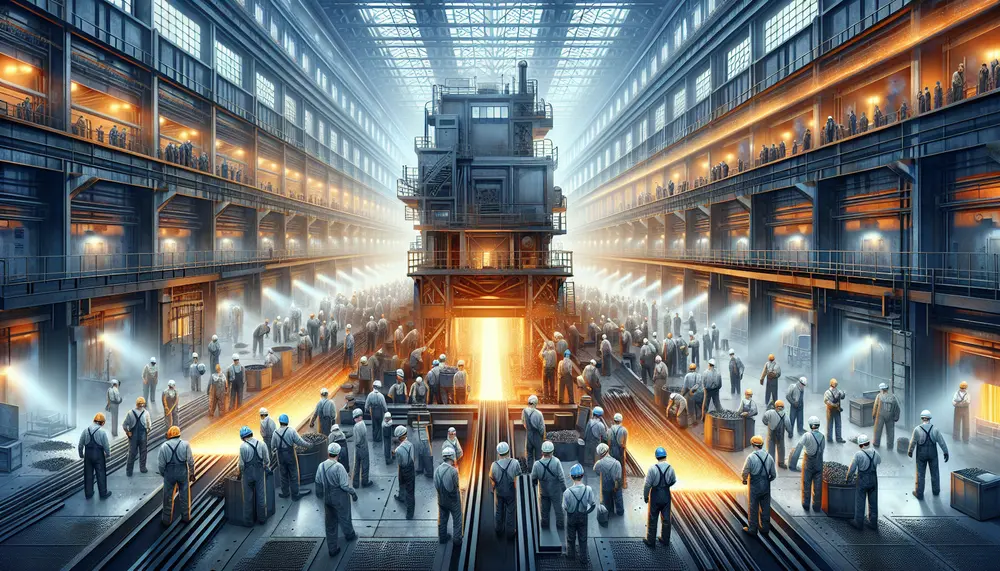
Graphite electrodes are essential in steel production, particularly for electric arc furnaces (EAF), where they conduct electricity to melt scrap metal at temperatures up to 3,000°C. Their effectiveness depends on properties like electrical conductivity and thermal shock resistance, influencing the...
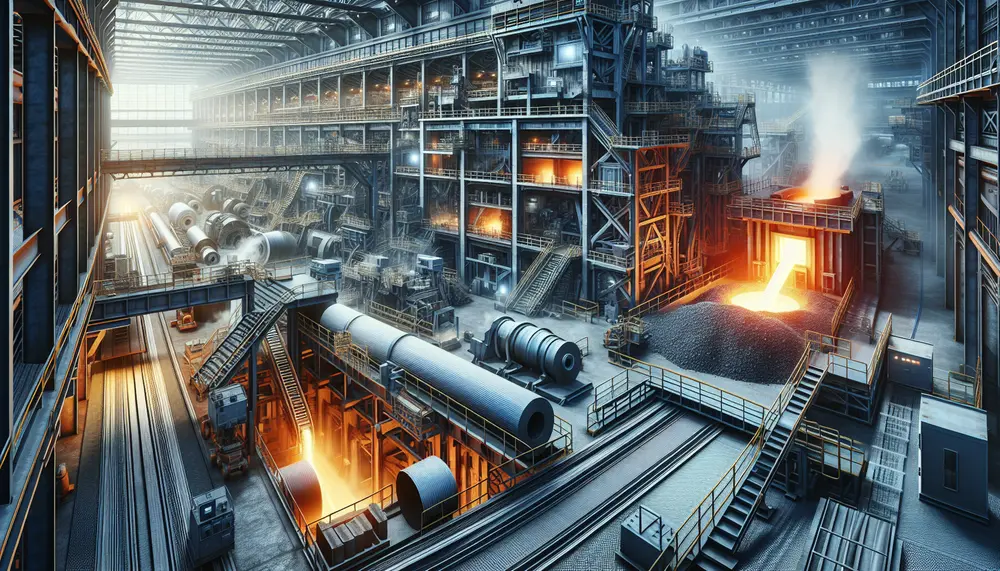
JSW Steel employs advanced technology and sustainable practices in its steel manufacturing process, starting with the selection of raw materials like iron ore and coal. The company focuses on producing high-quality steel through a series of steps including melting, refining,...

